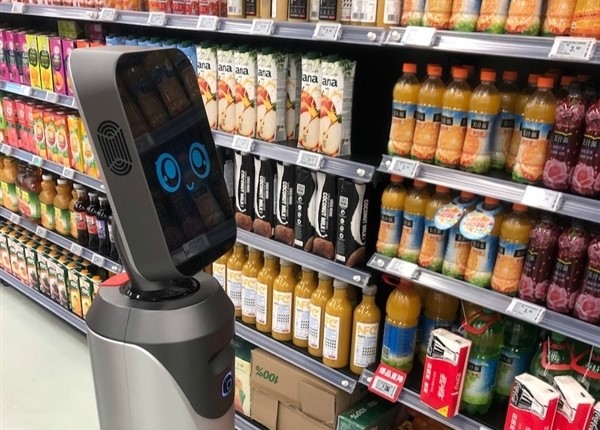Artificial Intelligence For Supermarket Shopping
Artificial intelligence has the potential to fundamentally change the familiar shopping experience – making it more personal and efficient. From Sephora to other markets: We showcase retail applications that use artificial intelligence to help their customers make purchases.
Apps are one of the most important interfaces between brands, retailers and their potential customers. Here artificial intelligence can be used to personalize communication so that it becomes relevant to the consumer. This not only increases customer satisfaction, but also sales.

Style Advice By Whatsapp
Shopping trades offer an individual style consultation for free via WhatsApp Messenger. In one study “Mobile Apps in Retail”, the process is described as: “The customer can, for example, send their photo via WhatsApp, after which the stylist can give individual tips or send a product suggestion by photo. While the customer benefits from a personal consultation, this allows the dealer to collect important customer information and tailor the customer approach in the future even more individually. This personalized advice is complemented by the machine learning-based fashion companion.
Mobile Self-Scanning At Supermarkets
So far, mobile self-scanning has been sporadic in many countries. For example, at some dealerships, customers can use the app to scan the products with their own smartphone and store them in their shopping bags. At the end of the purchase, the app generates a QR code, which the customer scans for payment at the self-service checkout. The construction and leisure markets have their customers using App “Sellfio”, a digital customer card with Scan & Go function, scan their desired items via mobile phone camera and pay at Express cash.
Amazon Go Concept: Nothing For Big Supermarkets
Amazon goes one step further. When entering the experimental market Amazon Go, the customer only has to log in with his smartphone for a short time, then he can pack what he wants and just leave the store. Sensors and cameras capture what the customer touches, takes along, covers. If the store is abandoned, the Amazon account will be charged accordingly. The example of Amazon Go is simply impractical: Amazon Go is much smaller than the usual supermarkets, rather aimed at young singles than large families, after all, the technology is available exclusively.




Leave a Reply
Want to join the discussion?Feel free to contribute!